Circle of Cornelius Johnson (1593-1664)
This charming bust-length portrait is a good example of the style of portrait painted in England in the second quarter of the seventeenth century. The attire consists of the finest silks, and the full billowing sleeves, bows, and hairstyle help in dating this portrait to circa 1637. The accessory par excellence – pearls – are worn as a necklace and were a very popular accessory. The artist makes no attempt to obey the rules of Baroque and instead sensitively depicts in complete honesty his sitter against a plain wall, and without distracting backdrops and flowing draperies – this work is very redolent of the sumptuous half-length female portraits that Cornelius Johnson painted for members of the court and gentry during the 1630s.
The sitter is Katherine St Aubyn, born Katherine Godolphin (1620-1662). The Godolphin’s are an ancient Cornish family (originally “Godolghan” which in Cornish means “White Eagle”) who were established at their family seat, Godolphin Manor, since the time of the Norman Conquest in the year 1,000. The Manor descended from the first known lord, John de Godolphin, to Tudors times, from father to son, barring once in the 14th century.
Katherine was born in September 1620 and was the youngest daughter of Francis Godolphin (1589-1652), of Treveneage in Cornwall, and his wife Ann Carew. She married into another ancient family - the St. Aubyn’s, whose ancestors can be traced back in Devonshire to the 14th century. Her husband John St Aubyn (c.1613–1684) of Clowance and St Michael’s Mount, was a member of parliament and during the English Civil war he served as a colonel in the parliamentary army - unlike the senior branches of the Godolphin’s, who served as Royalists. The couple had six sons and four daughters. Katherine was buried at Crowan on 16 Mar 1662 when she was only 41 years of age. Her husband was also buried there, 22 years later.
The couple married on 29th March 1637. This date coincides with the date the portrait was painted, given that the attire and hairstyle were fashionable in 1637. It is very likely that the portrait was commissioned to mark this important event in the sitter’s life, as was customary at the time. Furthermore, the figure is turned toward the viewer’s left, which was usually the manner in which a married woman would be depicted in English portraiture at the time (the pendant portrait, her husband, would have been turned toward the viewer’s right).
Cornelius Johnson (1593-1664) through merit and splendid achievement, can be placed within the first rank of England’s portrait painters of the generation before Van Dyke. Cornelius Johnson was a painter beautifully sensitive to individual character and his careful and faithful depictions of clothing afford a priceless resource to historians – he was the first British-born portrait painter (born in London) to regularly sign and date his work. His precise, meticulous, and dignified portraits perfectly reflect the spirit of the arts in England at the time. So great a painter, he was sworn in as the King’s own painter in 1632. His work is found in most pubic collections in Britain and in many private collections – seen on the walls in many British country houses, in the possession of descendants of the original sitters.
Johnson was born into a Flemish/German immigrant family in 1593 in London. He is thought to have begun his independent practice in London, in about 1619. Where he trained it is not fully known as records are scant, but it is thought to be in Amsterdam. In addition, he may also have received some training in the London studio of Marcus Gheeraerts II (1561/2-1636), who was the official portraitist of James I’s queen, Anne of Denmark. As a result, even Johnson’s earliest pictures display a level of continental sophistication not often seen in the works of English Jacobean artists. And in a society that relished ‘conspicuous consumption’, and thus the display of expensive costumes, Johnson’s Dutch realism and sense of likeness proved popular. He became extremely prolific and he painted elegant images of the King, the Queen, and the whole court, many leading lawyers and public servants, but also a regional clientele away from the court primarily in Kent.
In 1632, the same year Van Dyck arrived in England, Johnson was appointed one of King Charles I’s painters. In late 1634 Johnson is recorded to have been living in London. By some accounts, Johnson moved to Kent around 1636 but this is not known for certain. What is certain is that from about the early 1630s onwards his clients included many sitters from a group of families living around Canterbury, Kent.
In 1643, just prior to the outbreak of the Civil Wars in Britain, Johnson and his family left for Holland where he worked in more than one city and was leading portrait painter in Utrecht, where he remained until his death. His only surviving son, called Cornelius, was born in London in 1634. He too was a painter and assisted his father.
There are three old labels on verso (see photos); two refer to London storage firms and the surname ‘Scrimageour’ (which may be J & A Scrimgeour, insurance brokers located at 3 Lothbury, London EC2).
Provenance: Private UK collection
Measurements: Height 82cm, Width 71cm framed (Height 32”, Width 28” framed)



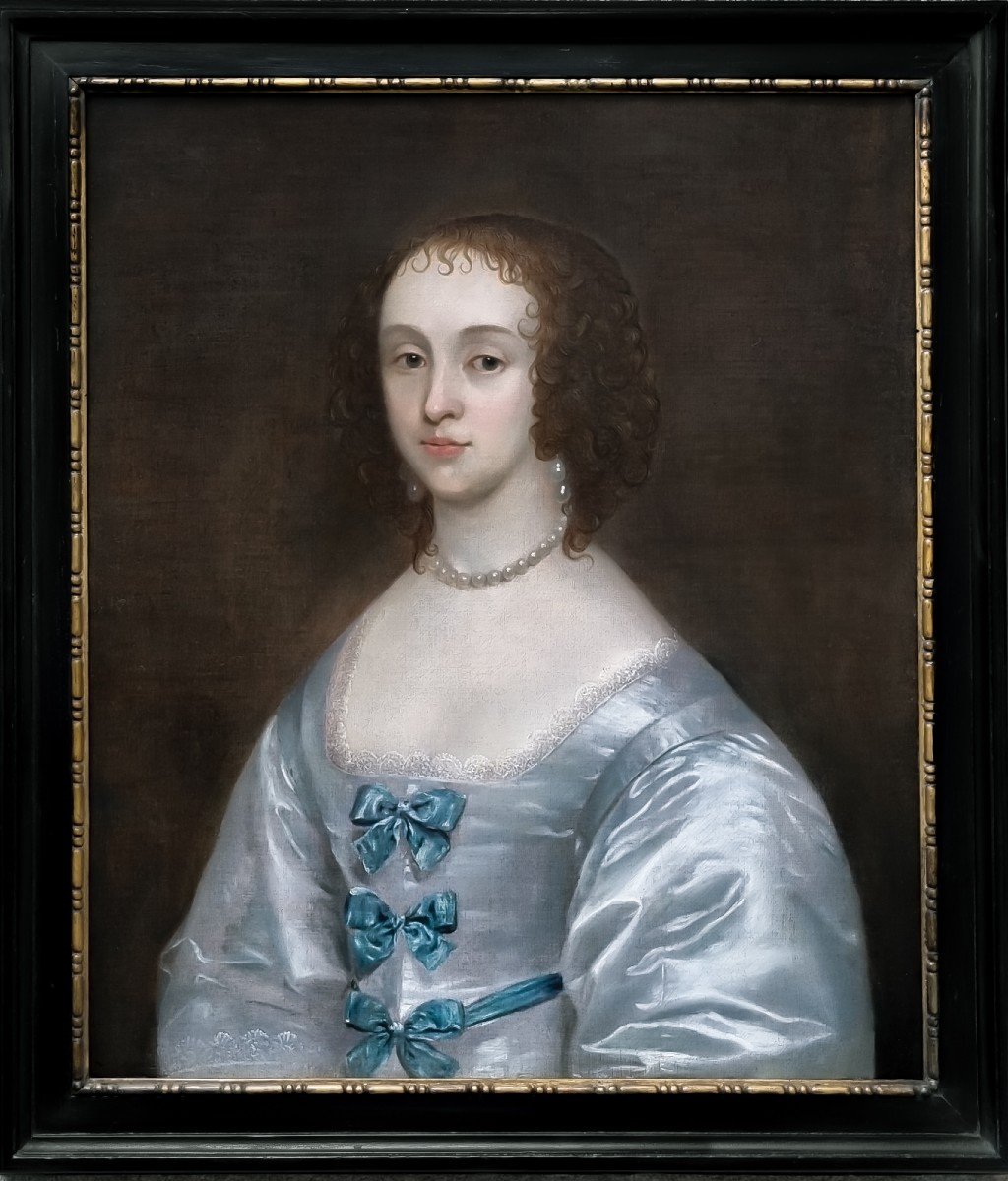
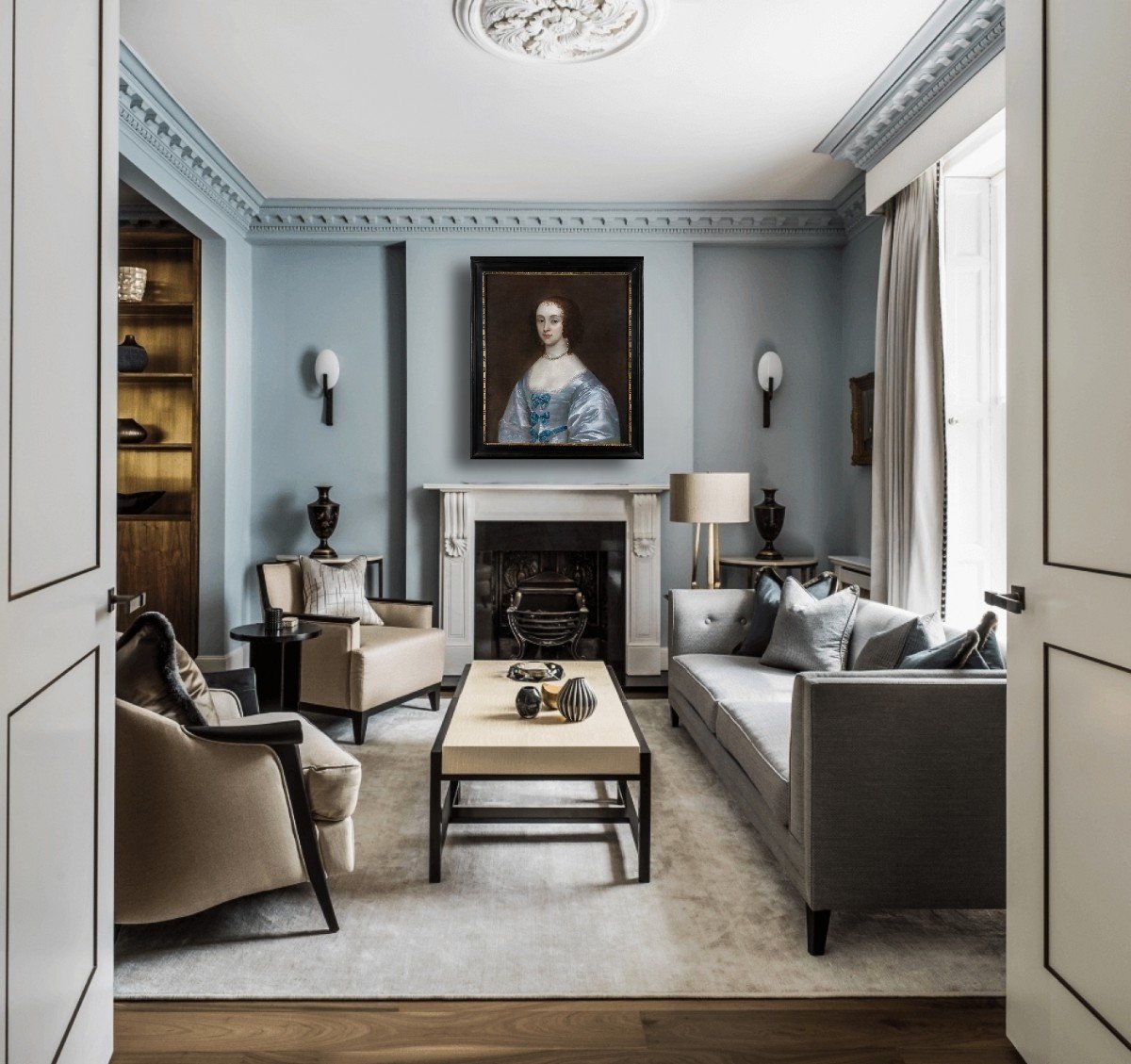
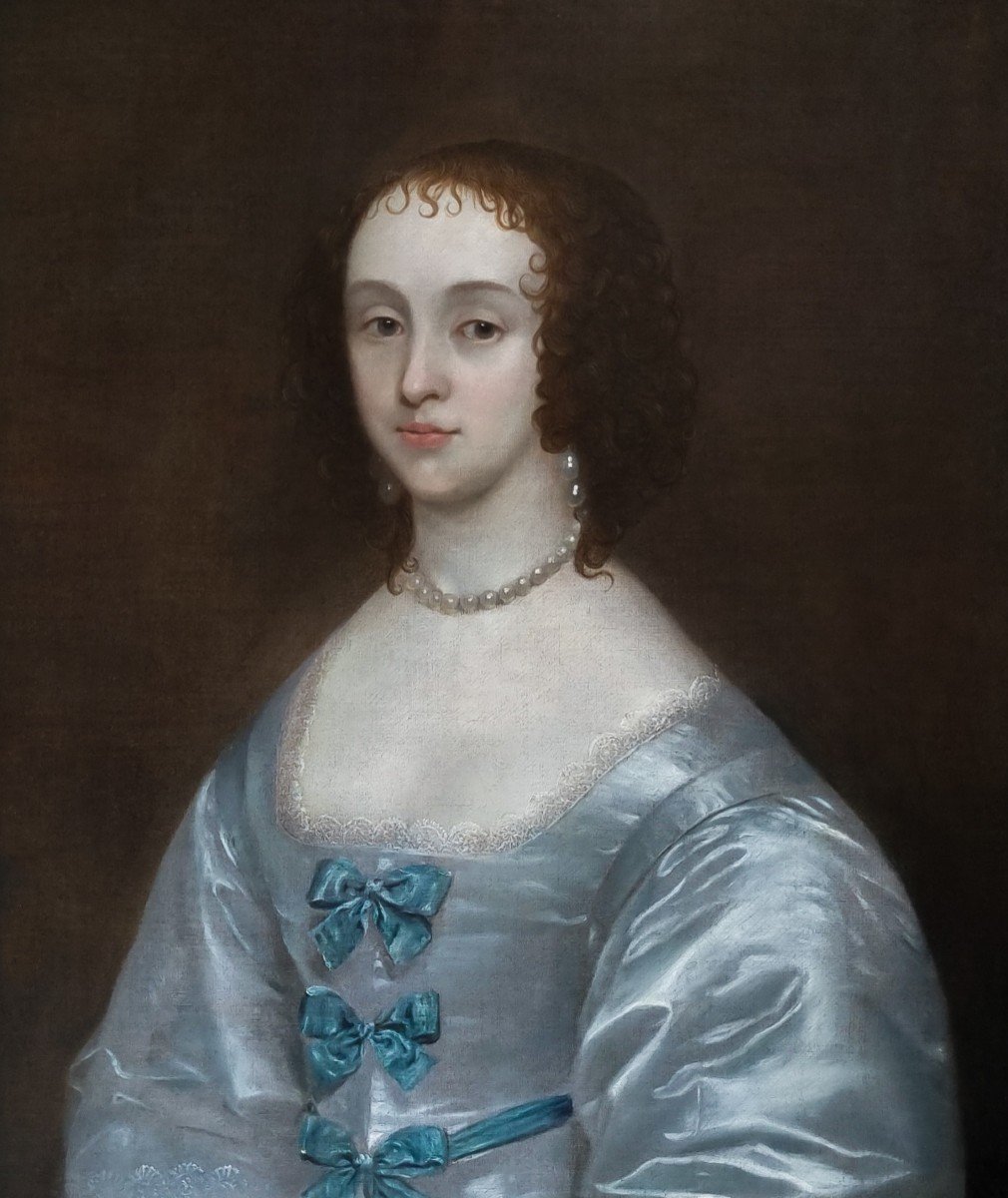
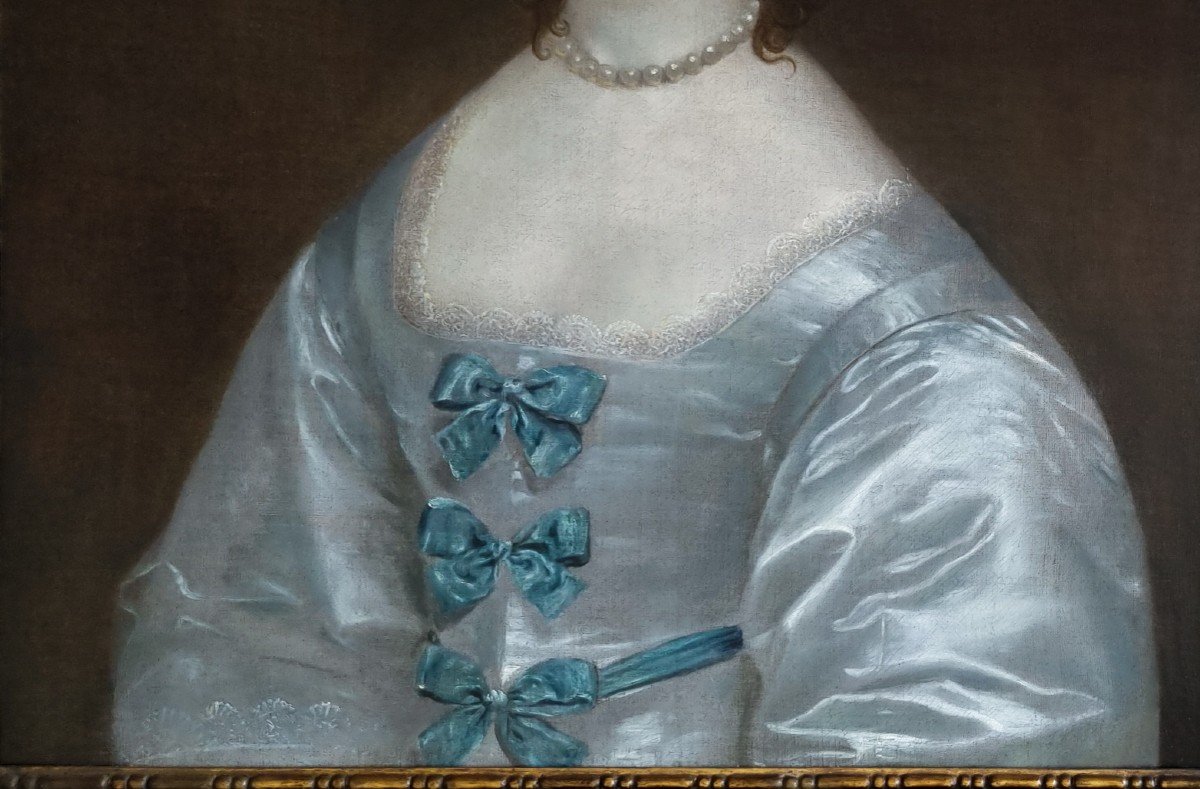
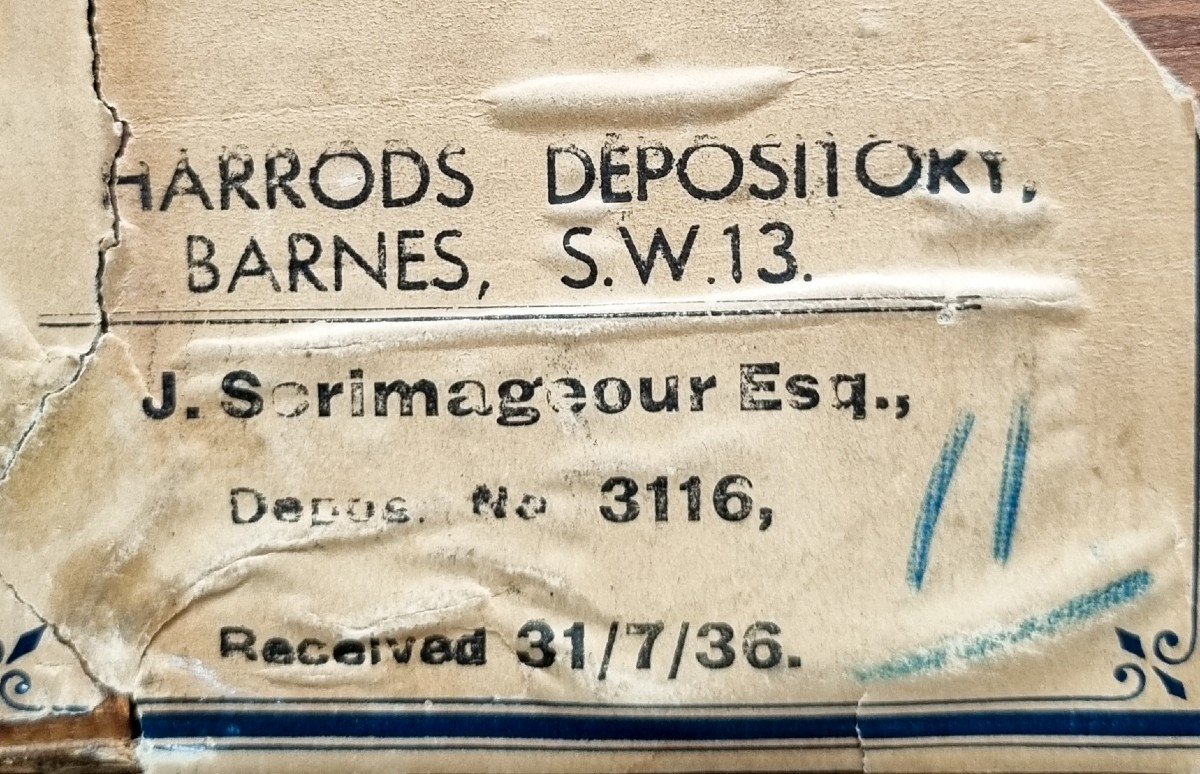
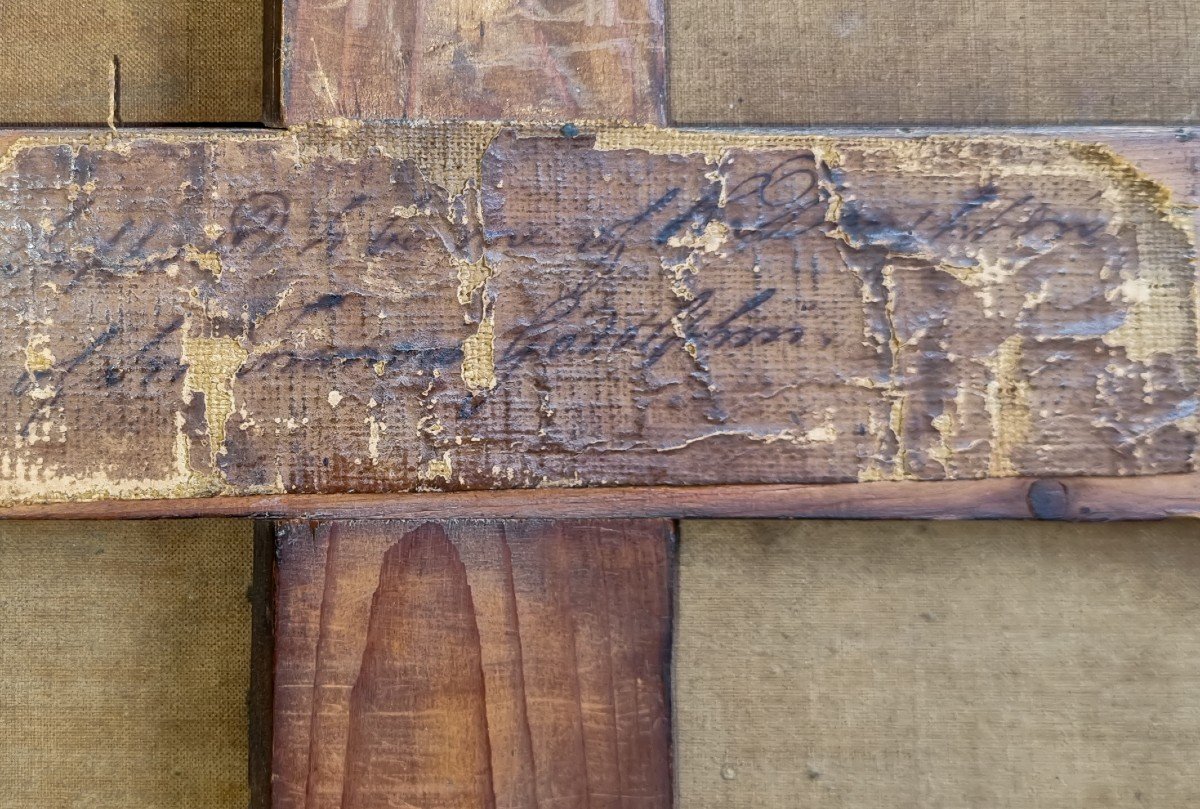
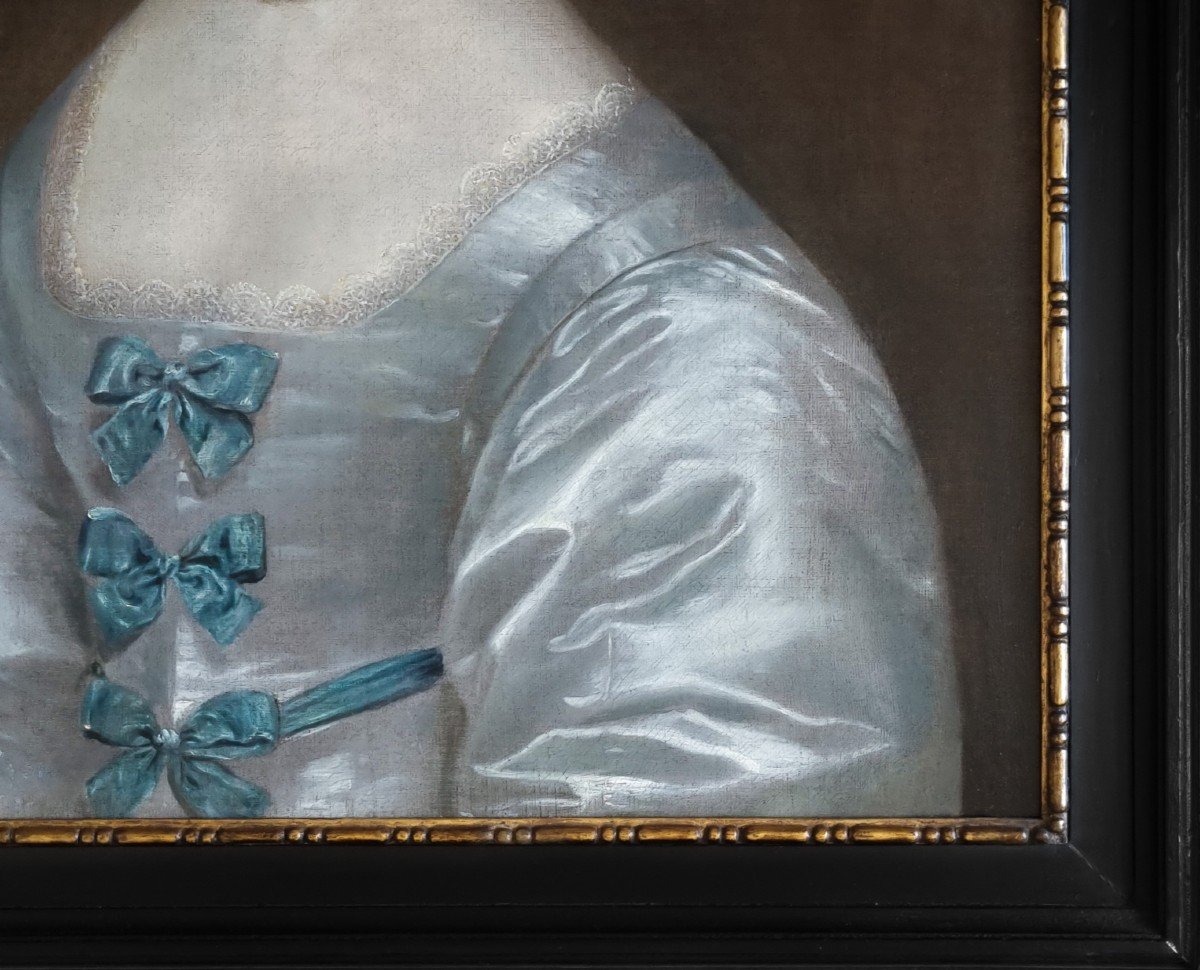
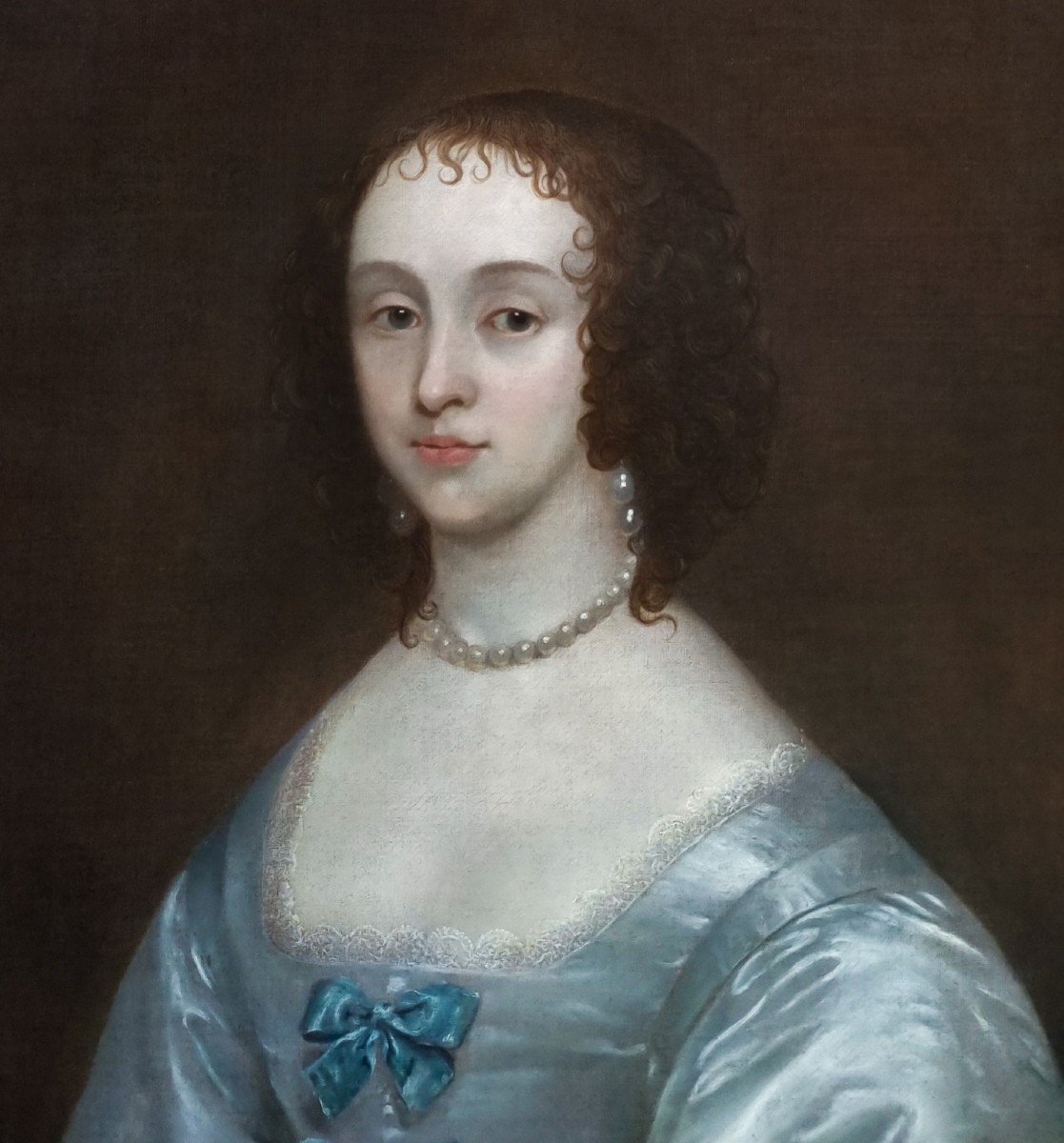
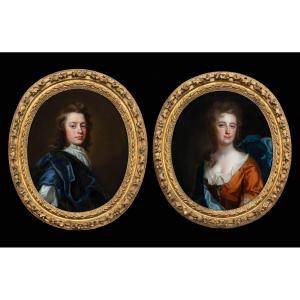


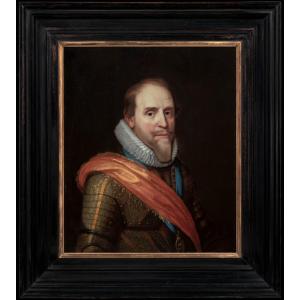
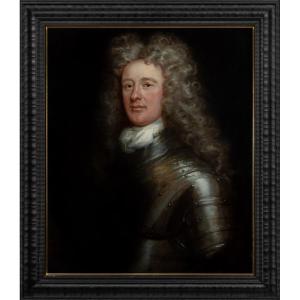
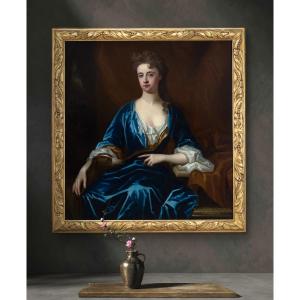
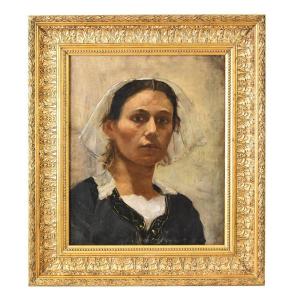
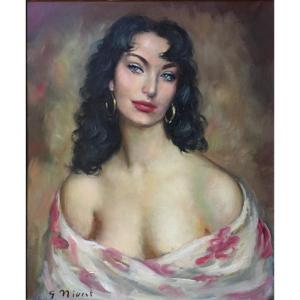

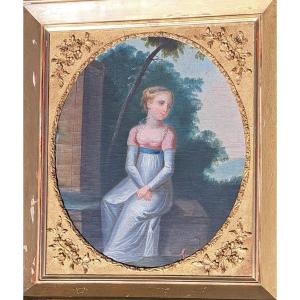
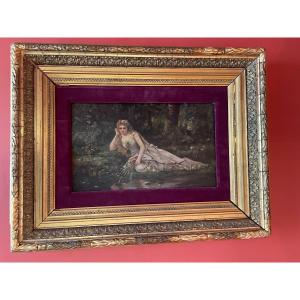
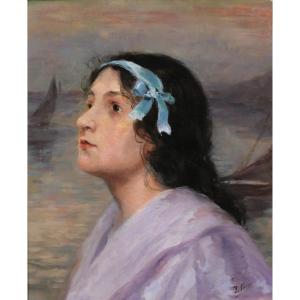



 Le Magazine de PROANTIC
Le Magazine de PROANTIC TRÉSORS Magazine
TRÉSORS Magazine Rivista Artiquariato
Rivista Artiquariato
